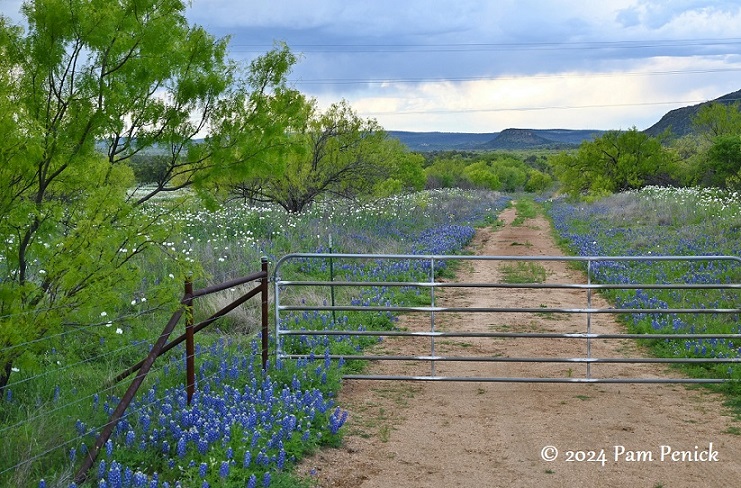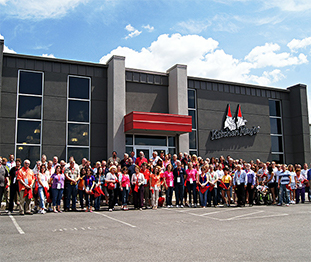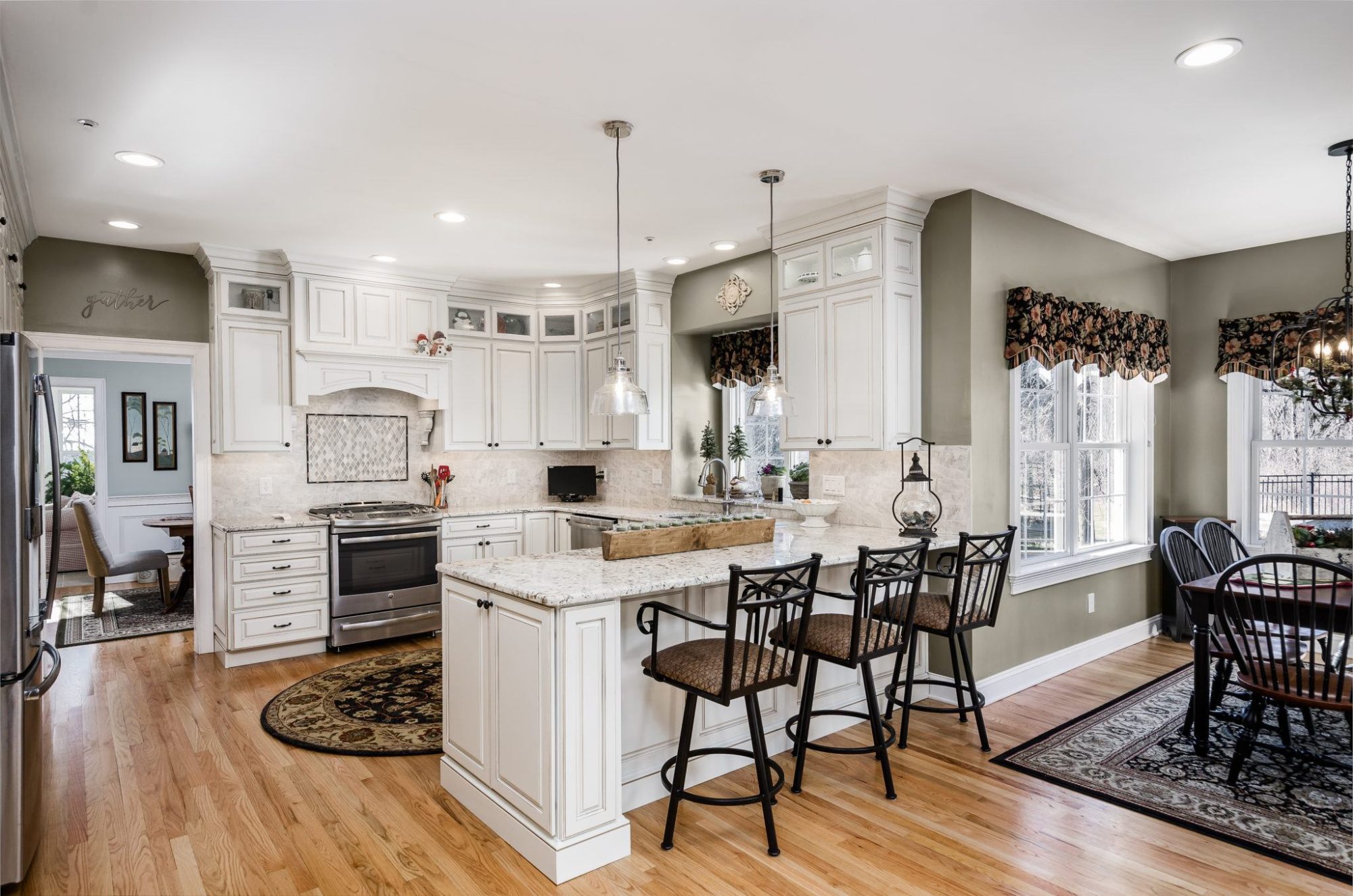

All types of wood have different characteristics. Recently we received the edited inquiry below on our blog.
Question about types of wood. Hi – I am looking for cherry wood cabinets in a light stain. We do not like it when a door has very different shades of color. I read all your posts and agree that getting a veneer panel will give me a more consistent color. However, looking at photos of Kraftmaid and other brands they still have very different shades between the panel and the individual parts of the frame on the doors. What cabinet line would you recommend?
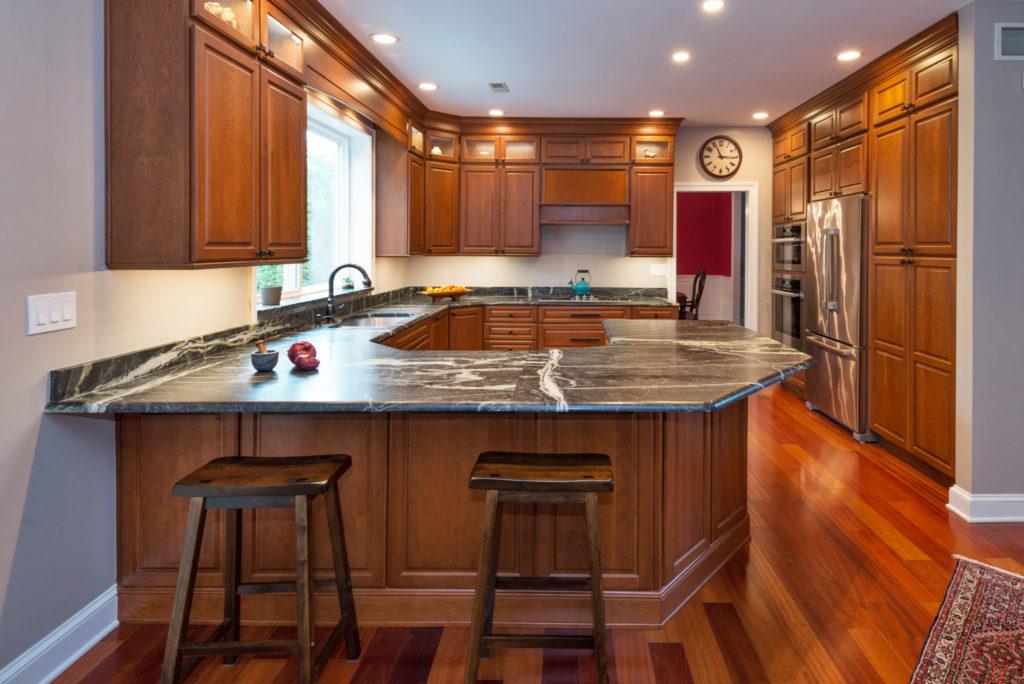
Here is an edited version of our response:
All wood pieces on a cabinet door will have color variations between each piece of wood.
Cherry wood in particular. While not as severe as hickory or walnut, cherry has more color variations than many other types of wood. Another property of cherry wood is cherry pits (small holes on the surface of the wood). These characteristics are natural and while some more expensive custom cabinet lines will have slightly less variation in their cherry cabinetry than say the Kraftmaid line you mentioned, you must expect any cherry kitchen to have these properties.
Customers that can’t accept the properties of the wood they select for their kitchen can be a nightmare for kitchen designers. Maple has mineral steaks, oak and birch are consistent but people like the grain and colors of other woods more. You cannot have your cake and eat it too, as the saying goes.
I think that you should not be looking for a cherry kitchen but for types of wood that can look like cherry or at least be stained to a cherry-like color but that will be more consistent. Some people select maple cabinetry and a stain that has a red cherry-like tone. In the Kraftmaid line you mentioned the chestnut finish looks cherry-like on maple. Alder is a wood that can be more consistent than cherry, and look like cherry, but you would need a more expensive manufacturer to avoid the knots that can also be found in alder.
All good kitchen designers explain the properties of all the different types of wood and finishes that a customer considers.
It is incredibly frustrating arriving at a customer’s home to go over their concerns about their cabinets to find dozens of pieces of blue tape on cabinetry marking variations in the grain, wood tone differences, pits, or other properties of the stain and glaze that were selected, and that the customer should have been expected. These blue tape customers will usually tell us that they “feel” that they should have gotten more consistent cabinetry for the money they spent. Despite the type of wood that they selected.
When I have explained or even warned a customer repeatedly about their selections before they order their kitchen and they then have these unrealistic “feelings”, I tell them that I “feel” like I should be 6 feet tall but am actually 5’9″ and shrinking with age. While very few enjoy the joke, they get the point, and we compromise from there. Replacing 3 or 4 doors that are fine but have characteristics a customer doesn’t like for an entire kitchen is fine and par for the course for kitchen designers. Customers that want more than that will find some cabinet dealers less flexible than others.
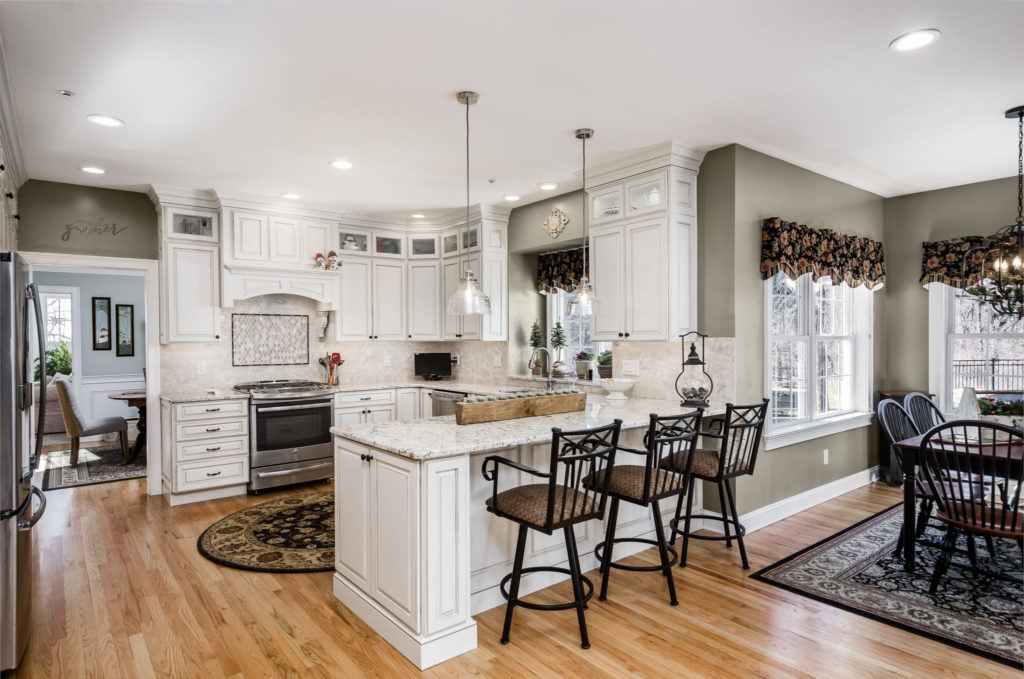
 2017 Warrington PA Kitchen in painted Maple
2017 Warrington PA Kitchen in painted Maple
Below is a list of the most common types of wood kitchen cabinetry is made from, and the properties of each type of wood. And here is a link to wood descriptions from Osborne wood products.
Cherry – Larger grain. Medium to high variation in wood color. The lighter the stain the greater the variation. Cherry pits.
Oak – Large grain. Less popular today for kitchen cabinetry. Medium color consistency.
Quartersawn Oak– More popular than regular Oak. Very tight grain and very consistent in color
Maple – Light graining. Consistent color. Mineral streaks (grey blemishes)
Birch – Consistent tight light grain.
Hickory – High color variation between pieces. Expect “stripes” on your cabinets. Large grain and some small knots are possible.
Walnut – Available in custom cabinetry. The most extreme variations in color.
Bamboo – VERY consistent VERY tight grain.
Mahogany – Usually actually Liptus wood today. Tight consistent grain.
Below is our 2024 cabinet ratings for the top 130 kitchen cabinet brands. These ranking are used by consumers far above Consumer Reports or other cabinet review sites.
Cabinet Reviews: Ratings for the top 130 cabinet brands.
Main Line Kitchen Design wants all our customers to love their completed kitchen. Please make sure you understand the properties of the wood you are selecting and keep the blue tape within reason.
Bon Appetit!
Paul and Julie

